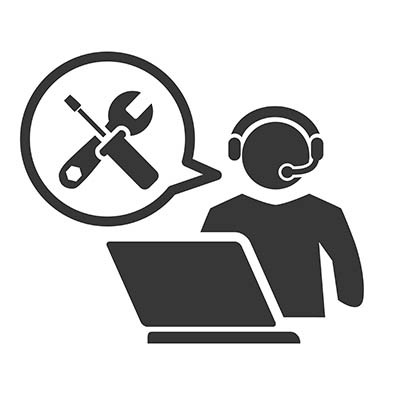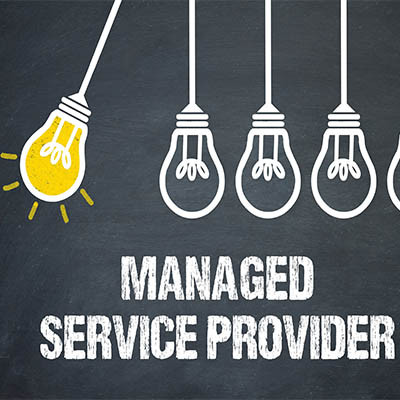Home
About Us
IT Services
Understanding IT
- Understanding General Data Protection Regulation Compliance
- Understanding Automation
- Understanding Ransomware
- Understanding Shadow IT
- Understanding Your Virtual Identity
- Understanding the Modern Office
- IT Threat Glossary
- Understanding Business Continuity
- Windows Server 2003: End of Life
- Understanding the Internet of Things
- Understanding Network Security
- Understanding SOX
- Understanding BYOD
- Understanding PCI DSS
- Windows XP End of Life
- Understanding HIPAA
- Cloud Computing
News
Blog
Support
Contact Us
(713) 979-2090
- Register
- Login
Zinc Blog
When you get excited to implement a new technology solution for your business, it is easy to let the expectation blind you as to the true value you get from it right out of the box. It’s no fault of your own; it’s human to have expectations that exceed reality. In business, though, it is important that you keep these misconceptions in mind, especially when it comes to your technology systems and implementing them.
There are generally two approaches to technology maintenance. One of them addresses issues as they appear, and the other involves addressing possible issues before they become operational problems. How does your business go about technology maintenance? If it’s the first, also known as “break-fix” IT, then you are going about things the wrong way and leaving a ton of savings on the table.
When it comes to your business technology, you shouldn’t settle for anything less than the best. Unfortunately, technology is one facet of running a company where many business owners feel they have the least amount of control, perhaps due to its many moving parts and overwhelming complexity. The question becomes one of how you want to approach managing your business’ technology and finding the right skill sets to do so.
It comes as no surprise that IT maintenance and management is a pain point for small businesses. Perhaps they don’t have the resources to perform in-house maintenance because they lack the funds to hire trained technicians, a practice which leads them to rely on existing resources to make it happen. Unfortunately, this leads to inconsistent maintenance at best, a practice that can be both dangerous and wasteful in the long term. We’re here to tell you that not only is proactive maintenance important, but that remote maintenance is the best way to make it happen.
Small businesses are often in a precarious position with technology management, struggling with budgeting and acquisition of new technology as well as the difficulties that come with hiring top talent. Thankfully, they have an ace up their sleeves that allows them to stay competitive: managed IT services. With a great managed service provider helming their technology strategies, small business owners have a lot less to worry about than they might otherwise… at least in terms of their technology, anyway.
Revenue generation is the name of the game for businesses. That’s why the decisions they make with their available capital are really important. SMBs especially need to have a rapid and noticeable return on their investments if they want to keep pace. To that end, technology is one investment that can provide that kind of fast ROI. Here are three ways you can use technology to benefit your business.
Regardless of what your business does, there is a good chance that it relies pretty heavily on technology. When that technology falters, so does your business. Sure, this might be for a couple hours at a time, but it all adds up and has a major impact on the success of your business. Many organizations have outsourced their IT support and management, but could benefit from a more proactive approach than the one they currently employ. Today, we will take a look at some of the priorities that businesses should consider when choosing an outsourced IT provider.
One of the most valuable things for a business to know, in terms of its cybersecurity, is how vulnerable it is to breaches and exploits. This kind of information can be gathered via a process called penetration testing, or “pen testing.” Let’s go over how the average pen test is conducted to see how these insights are collected.
It wasn’t too long ago that in order for business technology to be fixed, or to undergo general maintenance, it either needed to be brought to a specialist’s location or for the specialist to come to yours. Nowadays, this isn’t so much the case. As we continue our blog series on the benefits offered by a managed service provider, let’s consider the support options available.
If you need to get your current IT infrastructure under control, you don’t want to deal with amateurs. You want to resolve your issues and quicken your response times, as well as grow and upgrade your infrastructure in a way that makes more profits and enhances productivity. To find out if you need an upgrade to your current IT systems, ask yourself the following questions.
There is an inherent value in approaching experts regarding any services you need, whether it’s building maintenance or your technology. It really helps to have IT professionals to turn to for any and all questions or concerns you might have regarding your computers, servers, and any other technological asset your organization might need to succeed.
Of all reasons that a business doesn’t leverage IT, the one that makes the least sense to me has to be their size. There’s just a reluctance to adopt more than what - for whatever reason - is “enough” for a business of their capacity.
Wouldn’t it be great if your business could get the support it needs without having to ask a provider to travel to your office? With remote monitoring and management tools, we can help your business stay focused on the task at hand, improving productivity and efficiency without disrupting your operations with an on-site visit.
- You are here:
- Home /
- Blog /
- Zinc IT Team /
- Turning a Profit, the MSP Way














